Higher-order organization of complex networks (original) (raw)
Motif-based clustering code in SNAP
The code to run motif-based clustering is in the latest version of SNAP. See the examples/motifcluster directory for sample code.
You can also download the code directly, which comes with the C. elegans data. Once you have unzip the file, run the following to look at the bifan cluster for the C. elegans frontal neuronal network.
Build the code
cd snap-higher-order/examples/motifcluster/ make
Run the code
./motifcluster -i:C-elegans-frontal.txt -m:bifan
Look at the cluster
cat C-elegans-frontal-bifan-cluster.txt python get_names.py C-elegans-frontal-bifan-cluster.txt C-elegans-frontal-meta.csv
The code uses the following naming conventions for motifs (the -m parameter).
| Motif naming conventions | |||||
|---|---|---|---|---|---|
| M1 | 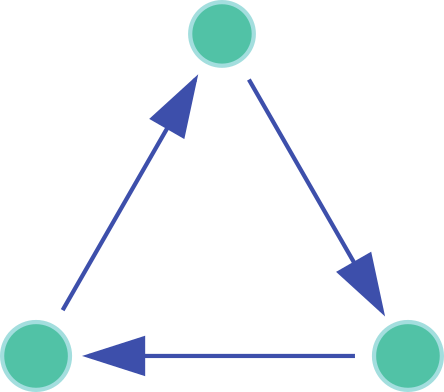 |
M8 |  |
bifan | 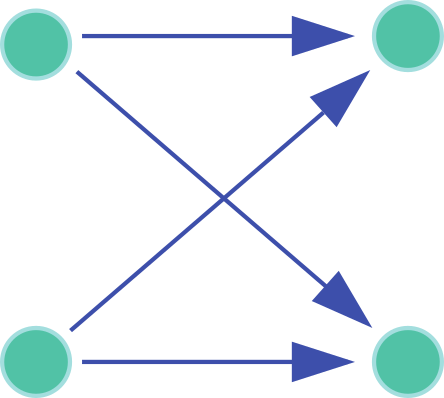 |
| M2 |  |
M9 | 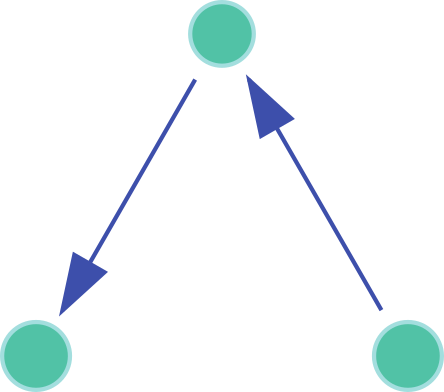 |
edge | 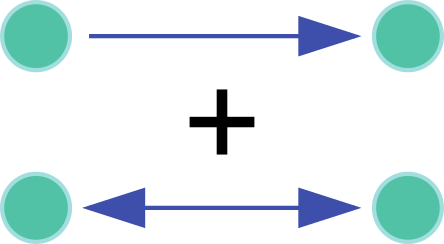 |
| M3 | 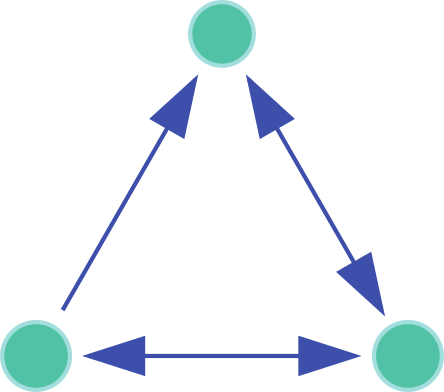 |
M10 | 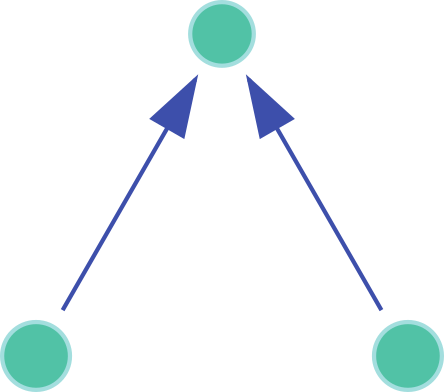 |
||
| M4 | 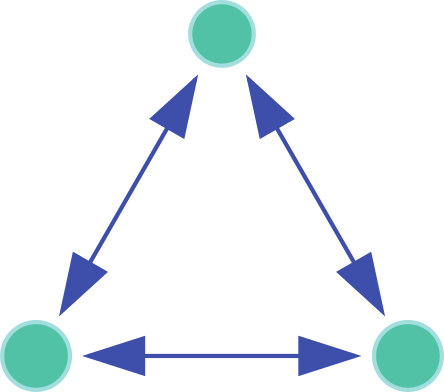 |
M11 | 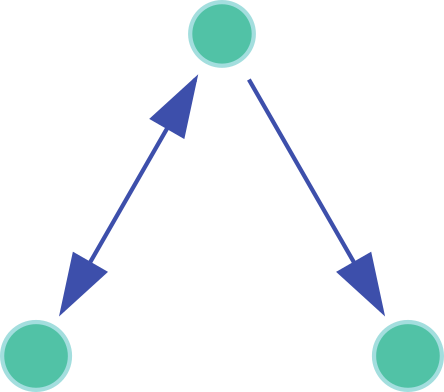 |
||
| M5 |  |
M12 | 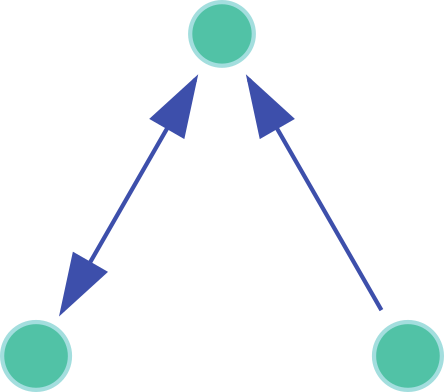 |
||
| M6 | 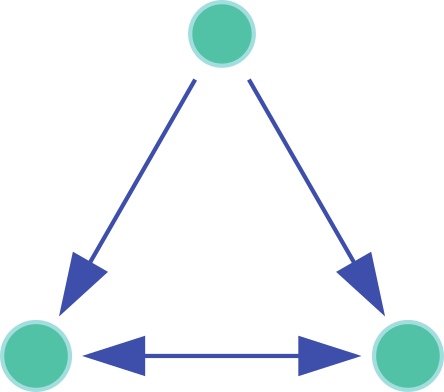 |
M13 | 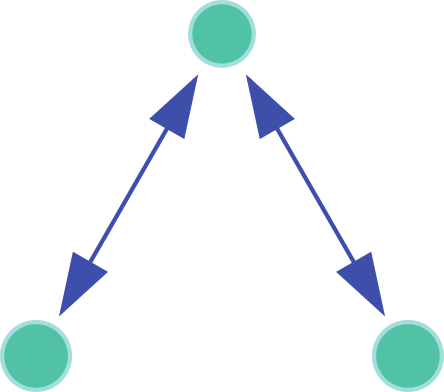 |
||
| M7 |  |
Experimental Matlab code
Experimental Matlab code is available onGitHub. This code is not high-performance but can handle graphs of decent size. The repository contains examples that reproduce the results in Figure 2 and Section S7.1 of the paper.
Jupyter notebooks and Julia code
Examples from Figure 2 (neuronal network), Figure 3 (transportation reachability), and Figure S8 (food web) in the paper are available as Jupyter notebooks with Julia code. You can run them on the web with no installation of Julia using JuliaBox. Instructions are on located on the GitHub page. You can also take a look at static Jupyter networks here: